
- Home
- India
- World
- Premium
- THE FEDERAL SPECIAL
- Analysis
- States
- Perspective
- Videos
- Sports
- Education
- Entertainment
- Elections
- Features
- Health
- Business
- Series
- In memoriam: Sheikh Mujibur Rahman
- Bishnoi's Men
- NEET TANGLE
- Economy Series
- Earth Day
- Kashmir’s Frozen Turbulence
- India@75
- The legend of Ramjanmabhoomi
- Liberalisation@30
- How to tame a dragon
- Celebrating biodiversity
- Farm Matters
- 50 days of solitude
- Bringing Migrants Home
- Budget 2020
- Jharkhand Votes
- The Federal Investigates
- The Federal Impact
- Vanishing Sand
- Gandhi @ 150
- Andhra Today
- Field report
- Operation Gulmarg
- Pandemic @1 Mn in India
- The Federal Year-End
- The Zero Year
- Science
- Brand studio
- Newsletter
- Elections 2024
- Events
- Home
- IndiaIndia
- World
- Analysis
- StatesStates
- PerspectivePerspective
- VideosVideos
- Sports
- Education
- Entertainment
- ElectionsElections
- Features
- Health
- BusinessBusiness
- Premium
- Loading...
Premium - Events
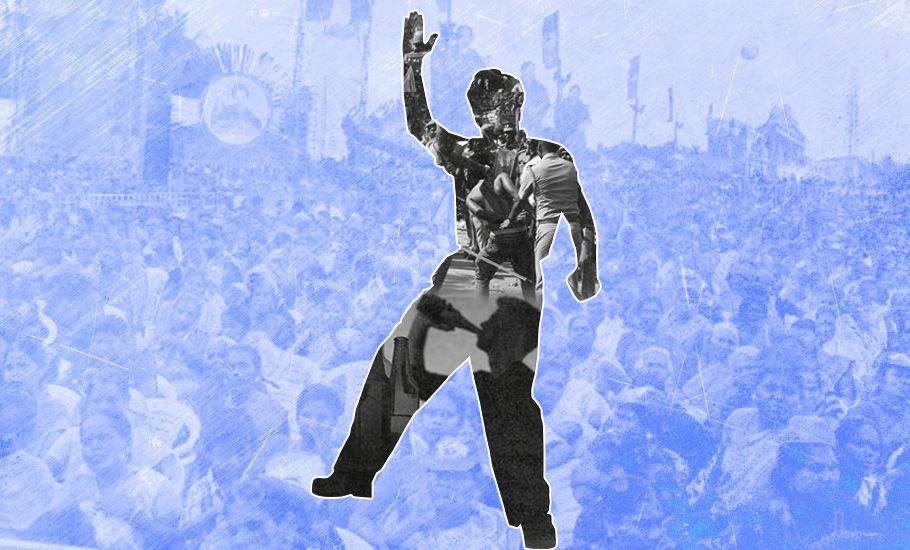
MGR era: The darker side of a ‘golden period’

Ninaithathai Mudippavan. One who accomplishes what he has set out to do. Released in 1975, the iconic Tamil film by the above name was a superhit. The name signified much more for its star and part-time politician, Maruthur Gopalan Ramachandran aka MGR, who had only three years back broken away from the DMK to form his own party, the AIADMK. Two years later, he captured power in Tamil Nadu...
Ninaithathai Mudippavan. One who accomplishes what he has set out to do.
Released in 1975, the iconic Tamil film by the above name was a superhit. The name signified much more for its star and part-time politician, Maruthur Gopalan Ramachandran aka MGR, who had only three years back broken away from the DMK to form his own party, the AIADMK.
Two years later, he captured power in Tamil Nadu and went on to rule the state for 10 years till his death on December 24, 1987.
For legions of his fans and followers, MGR was a demi-god. From ‘Puratchi Thalaivar’ (revolutionary leader), he came to be known by the title ‘Makkal Thilagam’ (people’s star). Fondly called ‘Ponmana Chemmal’ (the one with a golden heart), his regime came to be known as the “golden period” of Tamil Nadu politics. A number of welfare schemes for the poor will find roots in his regime — the noon meal scheme, free electricity for farmers, ladies’ buses, women in police force, etc.
Paeans have not just been sung endlessly, but more than three decades later, as various political parties and leaders prepare for the upcoming Tamil Nadu assembly elections, one aspect that most contenders for chief minister’s post promise is to bring back the ‘golden rule’ of MGR.
Was MGR’s rule all that golden as is being made out? That the schemes helped a lot of poor people is undoubtable, but a little digging will reveal a trove of issues that MGR’s image managers managed — thanks to the lack of social media then — to suppress.
In fact, in Ninaithathai Mudippavan, MGR himself sings a song which goes: Kannai Nambathey Unnai Yemaatrum (Don’t believe your eyes because it will deceive you).
While there would be many issues MGR’s critics would want to raise, a few major ones need mention, such as the police brutality in the name of purging Naxalites and attacking professionals like lawyers, and police firing incidents, which left 56 people dead, the suppression of farmers’ rights, lifting of alcohol prohibition and giving space to Sri Lankan separatists in Tamil Nadu.
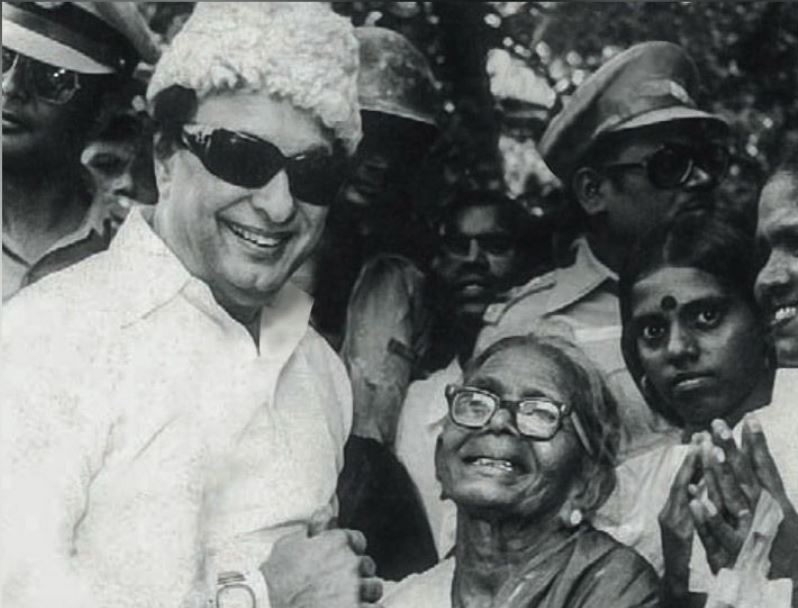
Buried brutality
After MGR became the chief minister in 1977, the first problem he encountered was from the judiciary. The police-lawyers clash in Madras High Court in 2009 is said to have its roots in an incident in 1979.
Advocate V Ayyadurai of the Madurai Bar was attacked by deputy inspector Rajagopal in Thiruparankundram police station. Immediately after this, lawyers boycotted the court and the matters went to such an extent that the Chief Justice of Madras High Court had to write to MGR demanding protection for members of the judiciary.
Police high-handedness was rife during MGR’s regime, and there were numerous instances of police firing incidents between 1977 and 1987. The first one happened in 1979 at Vaigaikulam in Aruppukottai district, where the villagers had opposed the setting up of a borewell. In 1980, the second police firing happened at Kurunjakulam in Tirunelveli district against farmers who were demanding a decent price for their produce and free electricity.
The 1981 police firing in Ramanathapuram came in response to the caste clash between Agamudayars and Dalits while the one in 1987 happened when Vanniyars were demanding reservation.
MGR who played the role of a fisherman in one of his films and was revered as demi-God by the fishing community ordered a police firing against fishermen in 1985 when they protested against the beautification of Marina beach.
In all these police excesses, 56 persons lost their lives and it is said that the number is higher than those during the regimes of DMK patriarch M Karunanidhi or even MGR’s protégée J Jayalalithaa.
Besides, in 1980 between August and December, under ‘Operartion Naxalite’ in then-North Arcot (present day Vellore, Tiruvannamalai, Tirupattur and Ranipet districts) and Dharmapuri districts, 15 individuals who were alleged to be Naxalites were killed in encounters. In 1981, another four were killed in police custody.
“We finished the job in 20 days and there has been no Naxalite activity in the area ever since,” boasted K Mohandas, former IPS officer who was the ‘eyes and ears’ of MGR, in his book MGR: The Man and The Myth.
He also claims that the civil society which went to investigate the Operation met with opposition from locals and they were rescued by the police.
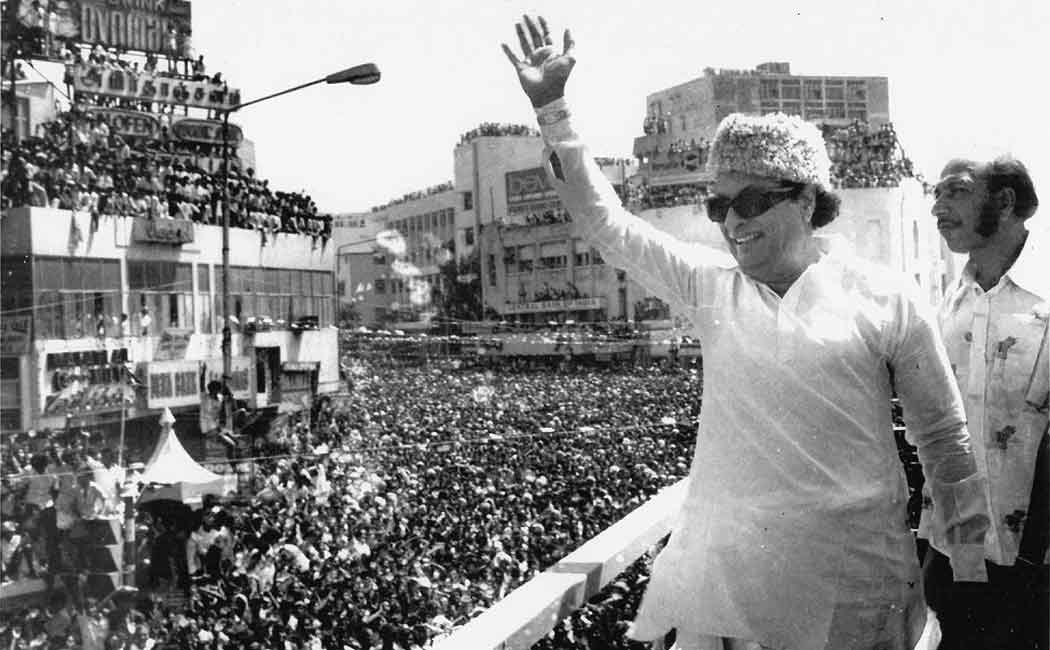
Advocate S Balamurugan, a member of People’s Union of Civil Liberties (PUCL), however, refutes this claim. He says that it was “police in plain-clothes” who attacked the Centre-appointed Justice V Bhargava Commission, and not locals.
Human rights activist KG Kannabiran and journalist Cho Ramaswamy were members of that committee.
Balamurugan also says that a lot of custodial deaths also happened in those ten years.
Another blemish in MGR’s rule that civil society groups raise is the Goondas Act, 1982, under which a district collector could detain a person on suspicion of being a “potential violator of law” for a year without trial.
Punishing peasants and poor
If MGR was known to be a friend of the poor and farmers, the 1980 police firing in which eight farmers were killed would shatter that myth.
The incident was triggered by the call for a state-wide bandh by Tamilaga Vivasayigal Sangam (Tamil Nadu Agriculturists Association, TNAA) spearheaded by C Narayanaswamy Naidu in 1979, demanding free electricity and fertilizers. In that agitation, two farmers and a policeman were killed. But just as any other government does, the death of the policeman was made out as a reason to impose a clampdown against farmers which led to the subsequent firing.
Two years later, to recover cooperative loans and electricity dues from farmers, the MGR government carried out the ‘Operation Disconnections’ whereby the electricity connections to farmers were disconnected. When the farmers protested, the regime created a divide by reducing the electricity rate to small and marginal farmers.
“In order to recover the dues, government officials often resorted to seizing tractors, cattle and even the doors of the houses,” says P Shanmugam, general secretary, TNAA.
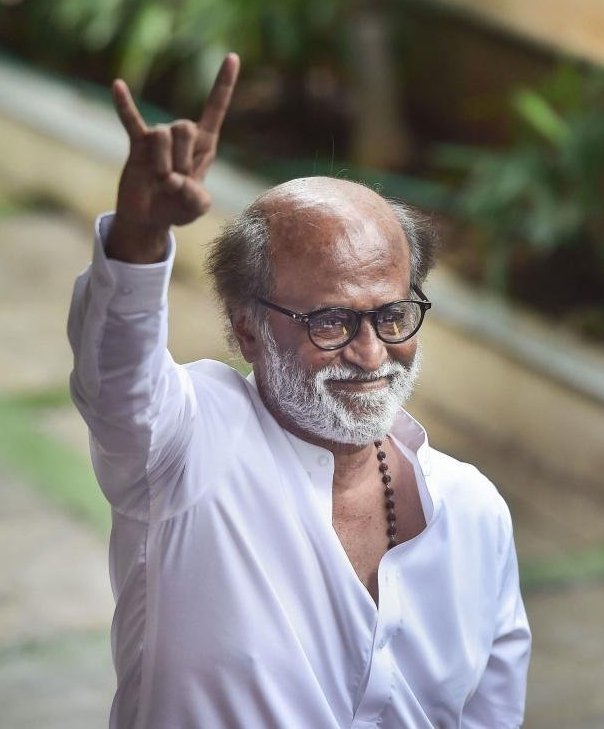
In villages, if a house doesn’t have a door, the family members are not respected and it is considered the highest form of insult a family is made to face when they are unable to repay a debt.
Following the farmers’ protest, the state set up a high level committee headed by Munu Adhi, the then-Speaker of Assembly.
“On the recommendations of the committee, MGR introduced the free electricity scheme only to small and marginal farmers,” says Shanmugam.
Interestingly the same AIADMK government on December 21, had announced an award in Narayanaswamy Naidu’s name, the man who was behind this massive protest, for farmers who excelled in systemic rice intensification.
But this was not all. The MGR government also clamped down on the media which talked about issues. The iconic 1981 film Thanneer Thanneer (Water Water) directed by K Balachander, who was introduced to Tamil cinema by MGR, was taken out of theatres due to pressure from police since the film showed politicians in bad light. The same happened to Telugu film Ma Bhoomi (1979) by filmmaker Narsinga Rao, when it was exhibited in Thanjavur, where the Communist-led peasant movements are strong.
Taxation and lifting of prohibition
Taxation, especially the sales tax through which the state governments earned revenue then, was another major issue his critics would raise. Tax on cotton, drugs, tea, pulses, sugarcane, soap which are essential to the middle-classes, squeezed the people.
Although these taxes were said to have not affected the poor much, social scientist and professor the late MSS Pandian had written in his book about MGR, The Image Trap, that “the poor contributed to the state exchequer quite heavily in terms of excise revenue”.
The lifting of prohibition on liquor consumption in 1980-81 gave a push to excise revenue and about 80 percent of it came from country-made spirits such as arrack and toddy which were consumed by the poor.
Pandian in his book notes that: “Through legal as well as not-so-legal means, the AIADMK government siphoned off public funds worth crores of rupees to private interests, such as liquor manufacturers and urban real-estate contractors. The perversely unique liquor policy of the AIADMK government allowed liquor manufacturers to decide the price at which they would supply Indian Made Foreign Liquors (IMFLs) to the state-run Tamil Nadu State Marketing Corporation (TASMAC), which was entrusted with the wholesale liquor trade in the state. Unlike anywhere else in India, it was not the manufacturers who paid the excise duty on IMFL in Tamil Nadu, but the state government via the TASMAC. The AIADMK government also exempted the liquor manufacturers from paying any excise duty on rectified spirit. All this led to a colossal loss of over ₹100 crores annually to the state exchequer for seven years.”
A sanctuary turned sour
Since MGR lived in Sri Lanka for a considerable part of his life, his affection for Tamils there was evident. Despite being a Malayali, he had a soft corner for Tamil separatists but this empathy brought Tamil Nadu more of a bad name than good.
On May 19, 1982, a shootout between leaders of two differing Sri Lankan Tamil separatist leaders, Prabhakaran of Liberation Tigers of Tamil Eelam (LTTE) and Mukundan of People’s Liberation Organisation of Tamil Eelam (PLOTE), in Madras created a commotion.
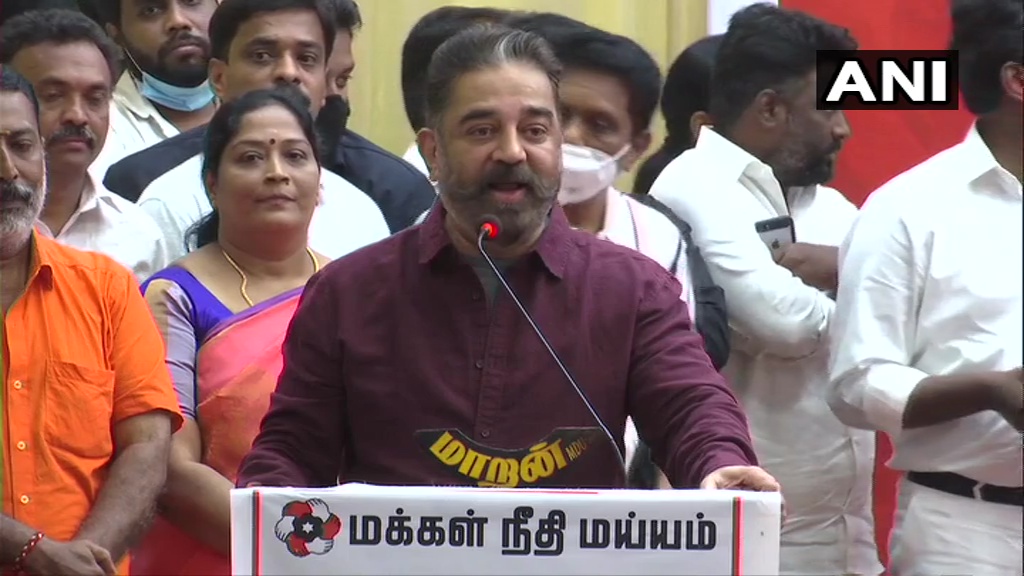
“This brought to surface the shocking fact that the militant groups had chosen Tamil Nadu as not only a sanctuary for their political fight against the Sri Lankan government, but also as an arena to settle scores among themselves,” says Mohandas.
The separatist groups possessed modern weapons and over a period of time, had taken their law into their own hands.
The situation worsened further when another separatist outfit Tamil Eelam Army (TEA) was found to be behind a bomb blast at Madras airport on August 2, 1985 in which 30 people were killed.
Around this time, villagers in Kanniampatty in Pudukkottai district petitioned the collector alleging that PLOTE members were forcibly collecting donations from shops, claims Mohandas.
On November 1, 1986, the day of Diwali, a member of Eelam People’s Revolutionary Liberation Front (EPRLF) shot some locals of Madras over a minor dispute at Choolaimedu. A young lawyer was killed and many were injured.
All this while India refuted Sri Lanka’s allegation that it was providing training and sanctuary to separatist groups.
But ‘Operation Tiger’, carried out in November 1986 a couple of days after the Choolaimedu shootout, to disarm the separatist groups ahead of the SAARC conference in Bangalore which the Sri Lankan president JR Jayewardene was attending, blew the lid off.
This was widely reported in the media and all over the world, it became a hot topic.
“Yes it is true that MGR helped the separatists groups. But he also took action immediately, when they turned hostile towards the state. The then prime minister Indira Gandhi helped the separatists for setting up of training camps. Without the Centre’s support how can MGR help the separatists?” asks an advocate-turned-politician who was closely associated with separatists then, on condition of anonymity.
MGR once even asked his party workers to carry knives to protect themselves from the attacks of DMK cadres in the second state-level fan club meeting held in July 1986.
To this, Karunanidhi gave a witty reply: “Since he asked to carry knives, I won’t ask you to carry pistols. ‘Don’t sharpen the knife, instead sharpen the mind’ was what Anna (CN Annadurai, mentor of both Karunanidhi and MGR) said. We have brains and so we sharpen our mind, but some others lack brains and they sharpen the knife.”
It remains to be seen how present-day leaders replicate MGR’s ‘golden era’.
